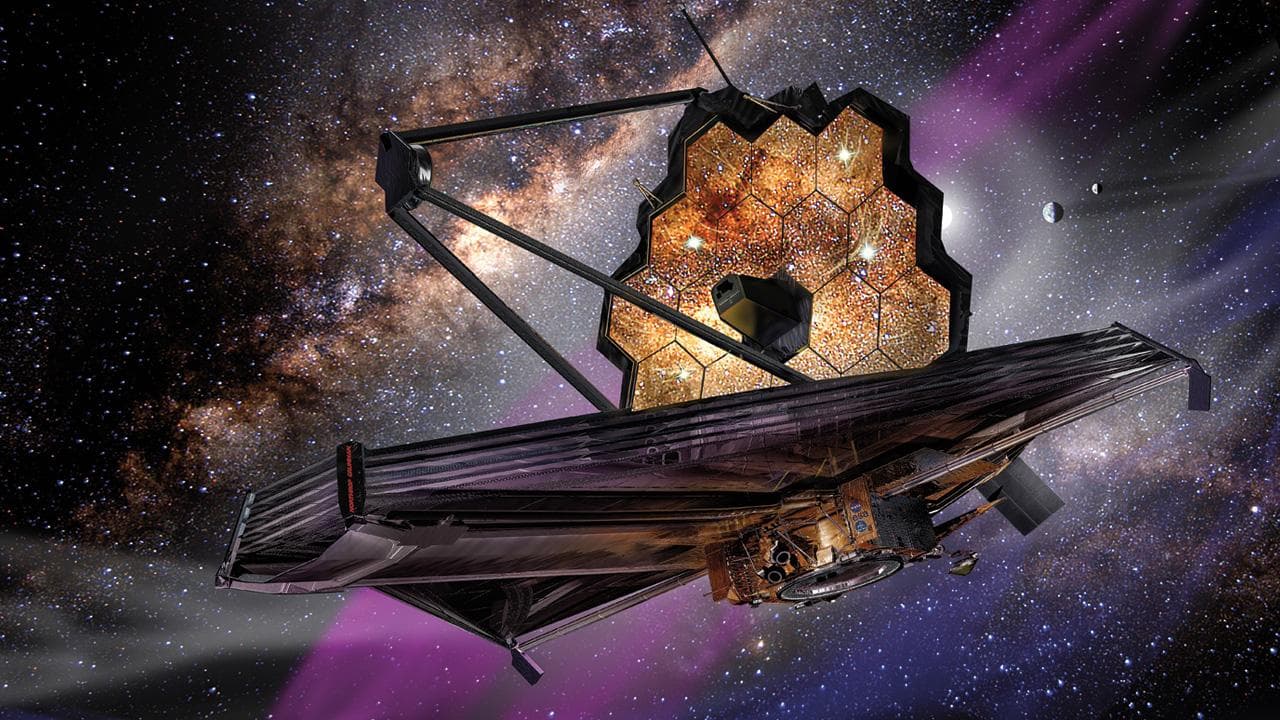After the groundbreaking discovery of Trappist-1, it seems that our hunger for knowledge can't be satiated – luckily, one new telescope might give us a lot to chew on.
With NASA's Hubble Space Telescope reaching its retirement after 25 years spent exploring the celestial heavens, we must look to the new champion on the rise in 2018: the James Webb Space Telescope (JWST). The JWST is almost twice as large as the Hubble and is equipped with a 22-meter (72-foot) sunshield and a mirror with a diameter of 6.5 meters (21.3 feet). These components work together to allow the JWST to collect seven times more light than the Hubble.
In the video below, deputy project scientist and NASA astrophysicist Amber Straughn introduces viewers to "A New Era in Astronomy" during the unveiling of the JWST at the Perimeter Institute for Theoretical Physics in Ontario.
This level of capability will allow the JWST to detect signatures so faint that even a bumblebee on the moon wouldn't be able to evade the telescope. With its powerful magnification and resolution, the JWST will focus on illuminating the galaxies that populate our – identifying with its advanced infrared sensors the first planets, stars, and solar systems that succeeded the big bang and now make up our night sky.
Share This Article
